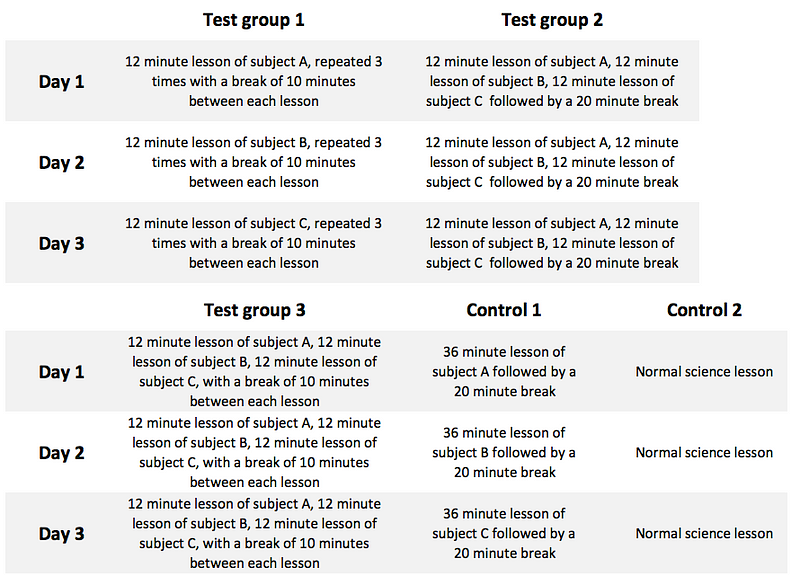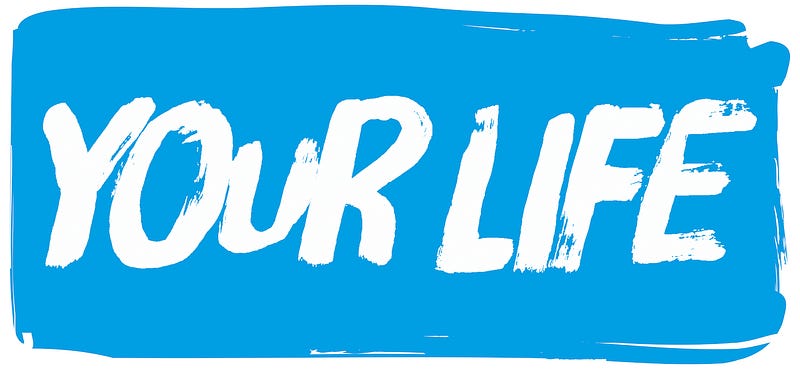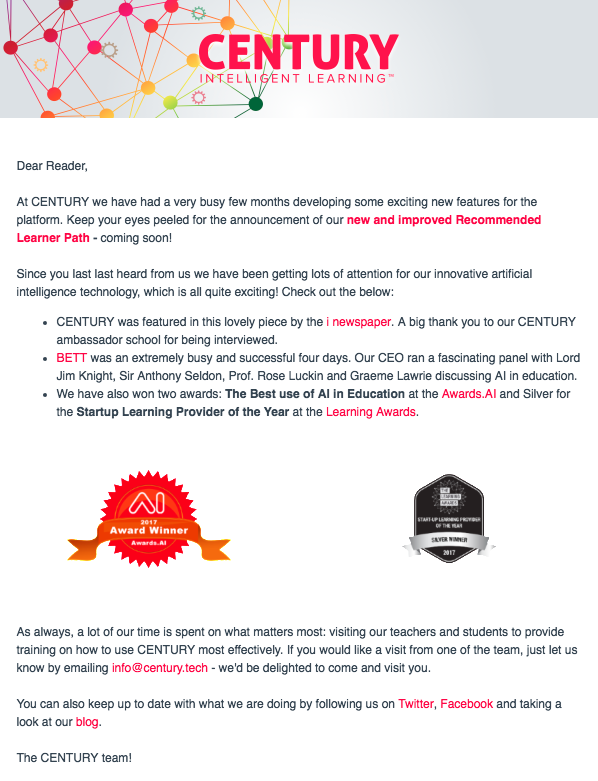April 2017
What is spaced learning?
Spaced learning is the principle that information is more easily learnt when it is split into short time frames and repeated multiple times, with time passing between repetitions. For example, if you have 30 minutes to spend studying one topic, it is better to split the time into three 10-minute study sessions than to lump it into one 30-minute session, and repeat again the next day.
Why does it matter?
Karpicke’s research (2012) identified that memory degrades quickly if information is not reviewed. Despite this, students in schools ‘mass learn’, where they study a topic in one go then move on to the next one, only reviewing the topic when they come to revising it for an exam. Revision often involves intensely studying a topic for a short amount of time, retaining the information for the exam and then forgetting it as they have not built a robust memory of the information. However, new research builds on the suggestion that spaced learning, where a topic is studied in short bursts and then reviewed at a later date, may be a more effective way of learning and retaining information.
The Education Endowment Foundation (EEF) recently conducted a feasibility study into spaced learning. Researchers conducted a 3-day preliminary investigation into whether gaps of 10 minutes and of 24 hours increase memory retention. Teachers were given 36 minutes of teaching material for three different subjects and students were split into the following groups:

In a subsequent test, the students in Test group 3 performed better than any other students. The researchers suggest that the combination of 10 minute breaks and 24 hour repetition results in better memory than traditional “massed” learning. They note that previous research emphasises the importance of the 10 minute break being a ‘distractor task’ rather than a simple break. By having multiple, shorter study sessions with distractor tasks in between, the learner will build a more robust memory of the information for longer as they have more practice at actively retrieving the information from memory.
Putting it into practice
At LDPL our purpose is to improve the learning outcomes of all students using our platform, so we have spent time devising features that will encourage the long term retention of information.
When students study on LDPL, they complete ‘nuggets’, which are small topics of learning that include a formative assessment. All nuggets are between 7 and 10 minutes long. Additionally, we have implemented other principles of retrieval practice and spaced learning into our learning platform. Firstly, we implement spaced learning into the Recommended Learner Path directly by reviewing previously studied material periodically; and secondly, we interleave nuggets from different topics (breaking up learning material on one topic with learning material from other topics), meaning that micro-gaps are achieved, even when students are studying in one longer single stretch of time.















